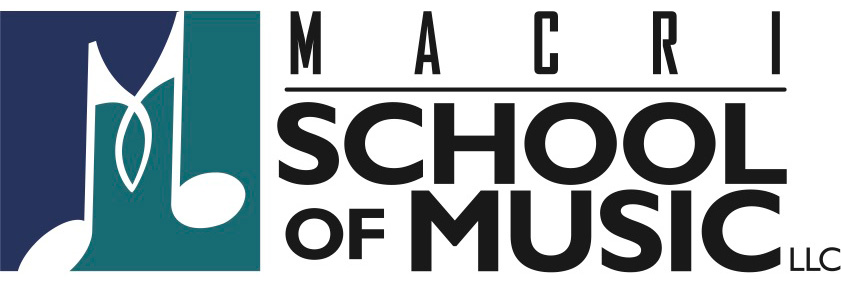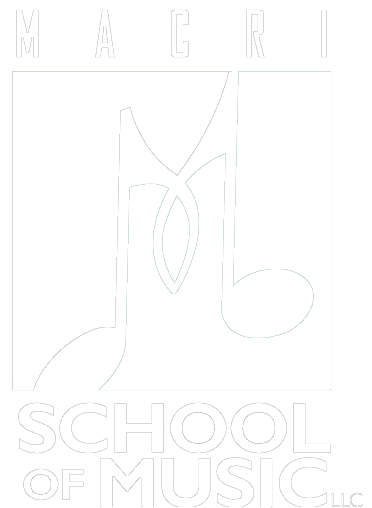Strumming Patterns For Guitar
Strumming is prevalent in almost every style of guitar playing. In this lesson, we will cover some basic strumming patterns that are used in countless songs in all genres.
Strumming with a pick is most commonly used on steel-string acoustic or electric guitars. The sound will be “firmer” and will project more easily than strumming with the fingers or thumb. You can improve the quality of strumming by following these playing tips:
- When you strum on a downstoke, relax the hand and let the pick collapse slightly or lean in the direction you are going. Holding a pick rigidly in a vertical position over the strings will produce a rougher, harder sound.
- The upstroke of the pick should only strum strings 1 through 3. One of the most common mistakes made by an inexperienced guitarist is to give the up stroke the same emphasis as the downstroke.
- Listen to the sound of your strums. If they sound too muddy with too much bass-string content, simply lower your right hand position a little and play more through the treble strings.
- If you are playing a bass note followed by a strum, play louder on the bass note and lighter on the strum. Emphasize the important beats of the measure. A downstroke which follows a bass note should strum only strings 4 (or 3) through 1.
The figure below is an explanation on how each strumming pattern should be read. An audio example(playing a G chord) will also be provided to help aid in getting the “feel” of each strumming pattern.

Pattern 1.
Use this basic quarter note strum when you want a strong beat without getting too busy.
https://soundcloud.com/macri-school-of-music/pattern-1
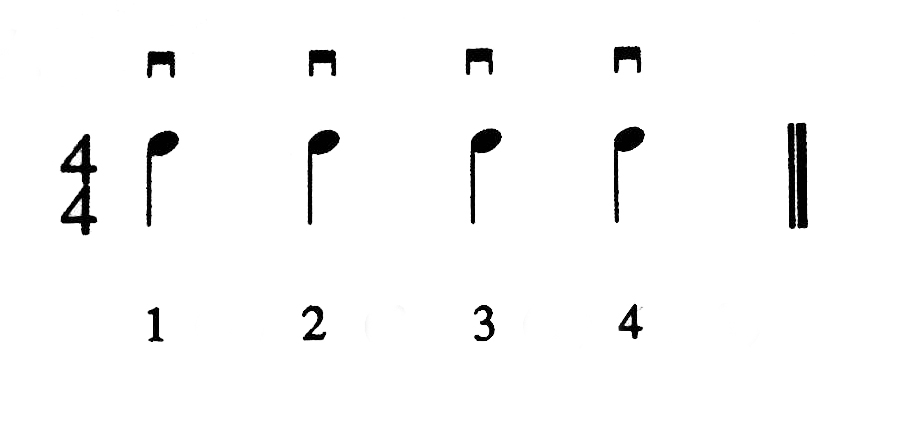
Pattern 2.
This is a simple down/up eighth note strumming pattern.
https://soundcloud.com/macri-school-of-music/pattern-2

Pattern 3.
This pattern is probably the most frequently used four beat strum. Emphasize the first beat slightly more than the rest.
https://soundcloud.com/macri-school-of-music/pattern-3
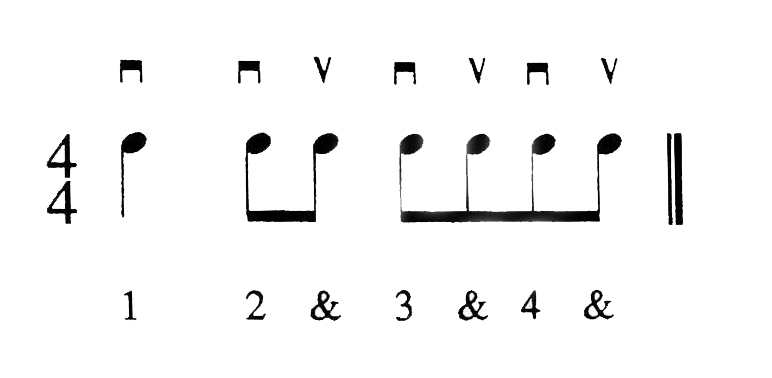
Pattern 4.
This next pattern is particularly good when the chord changes on beat three of the measure. An option would be to play a bass note on beats one and three.
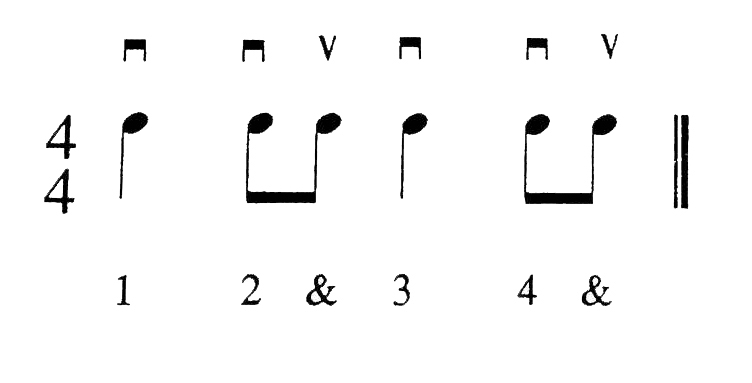
Pattern 5.
This strumming pattern works best if you pick a single bass note on beat one then strum the rest of the measure
https://soundcloud.com/macri-school-of-music/pattern-5
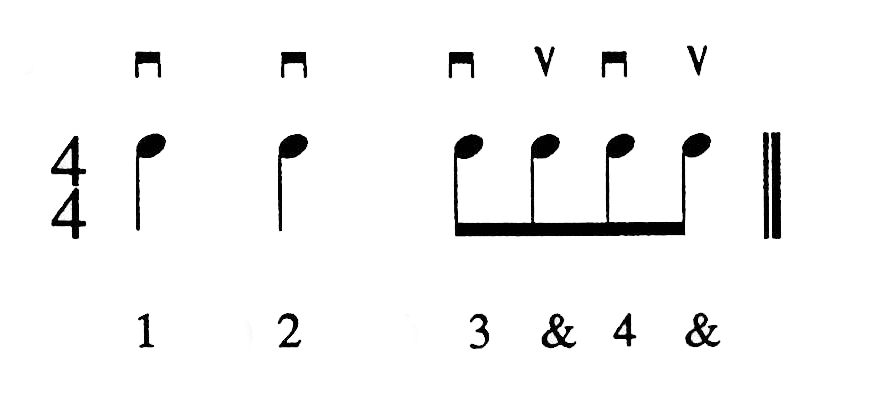
Pattern 6.
Here’s a strum that works very well when the chords change on beats four and one. Accent these beats.
https://soundcloud.com/macri-school-of-music/pattern-6

Pattern 7.
This syncopated strumming pattern is used quite often in classic rock tunes.
https://soundcloud.com/macri-school-of-music/pattern-7
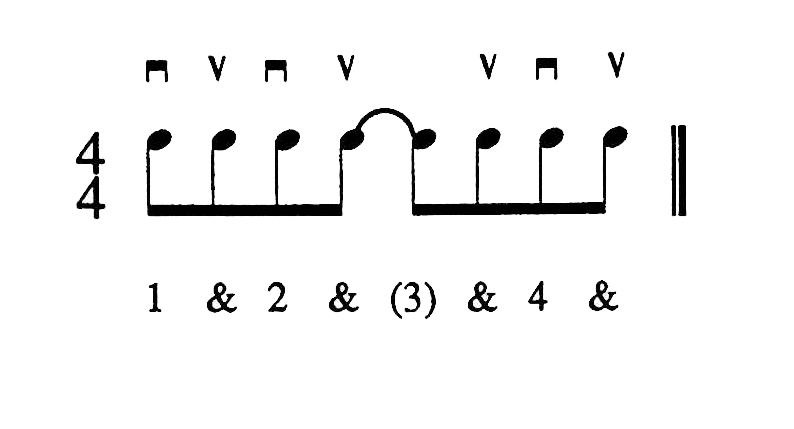
Pattern 8.
A syncopated strum that works well when you have to change chords on beats four and one.
https://soundcloud.com/macri-school-of-music/pattern-8
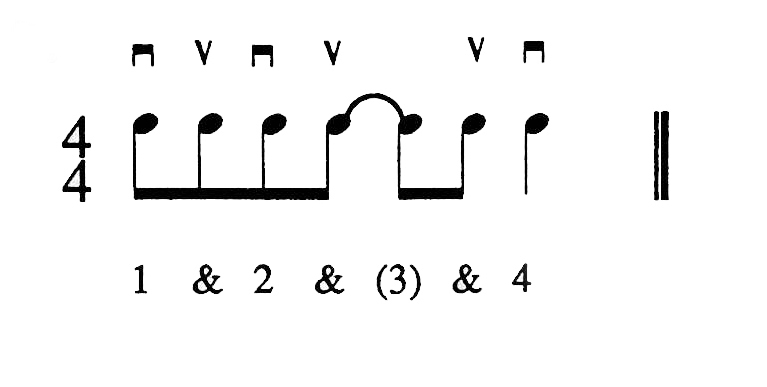
Pattern 9.
One of the most commonly used syncopated strumming patterns in music.
https://soundcloud.com/macri-school-of-music/pattern-9
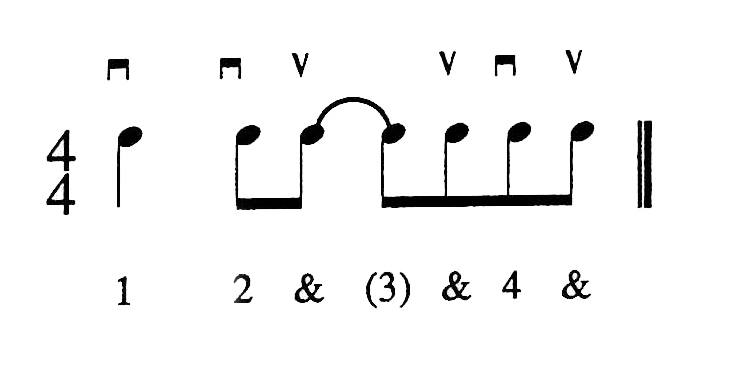
Pattern 10.
A variation of another syncopated strumming pattern.
https://soundcloud.com/macri-school-of-music/pattern-10
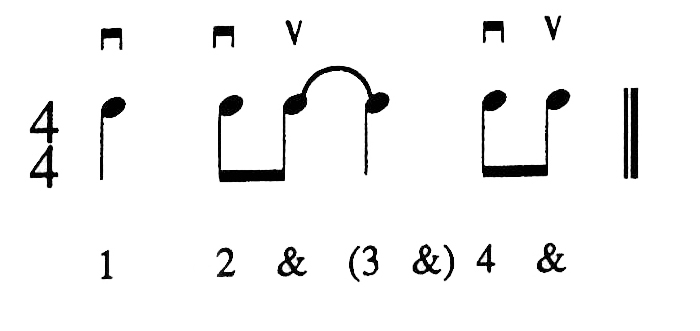
Pattern 11.
The muted strum is indicated with an “x” instead of a note head, and with an “m” over the top. Play this sound by touching either the outer edge of your palm or the side of your thumb on the strings.
https://soundcloud.com/macri-school-of-music/pattern-11
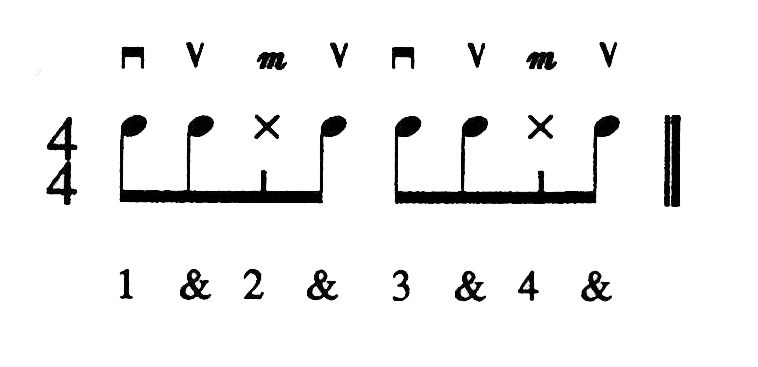
Pattern 12.
Notice that the mute comes on beats two and four just like the drummer plays the high-hat on these same beats. This muted strumming pattern works well for rock and country.
https://soundcloud.com/macri-school-of-music/pattern-12
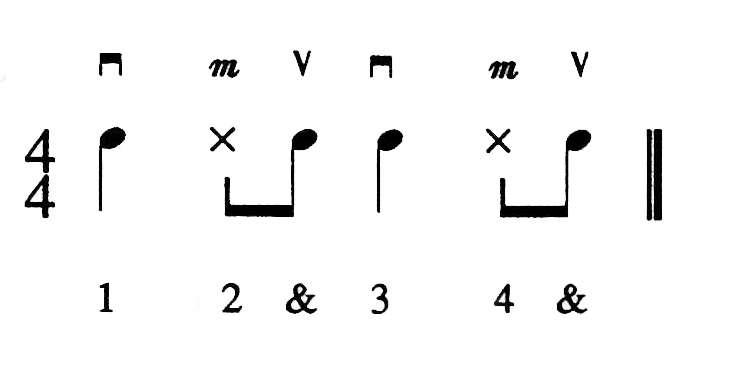
Pattern 13.
A muted syncopated strumming pattern.
https://soundcloud.com/macri-school-of-music/pattern-13
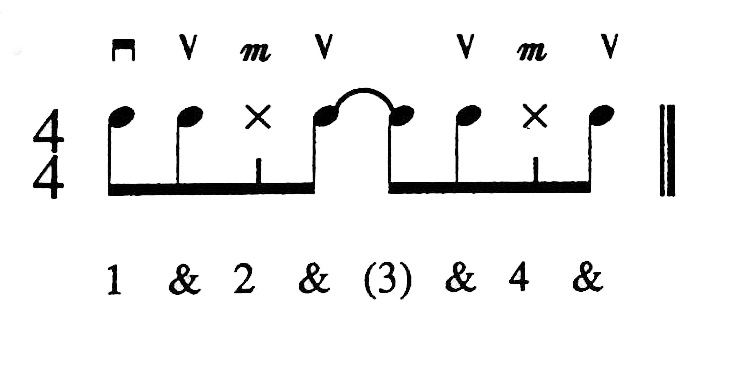
Pattern 14.
A variation from the above pattern.
https://soundcloud.com/macri-school-of-music/pattern-14
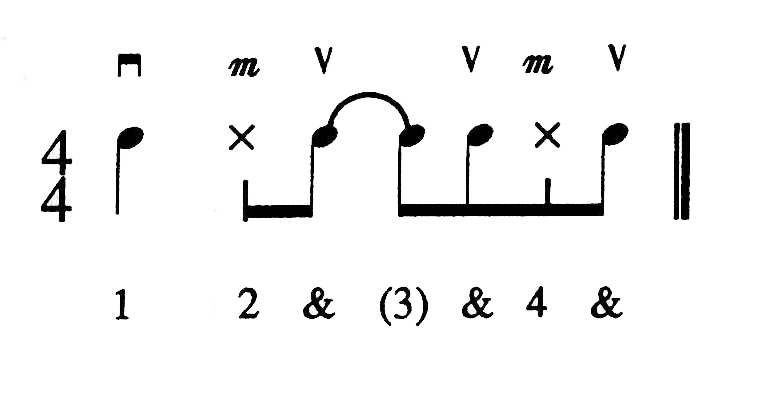
You can interchange any of the last three strumming patterns because they are all based on the same subdivision. When you have the feel of these patterns, try playing the first and third beats as bass notes.
Pattern 15.
https://soundcloud.com/macri-school-of-music/pattern-15
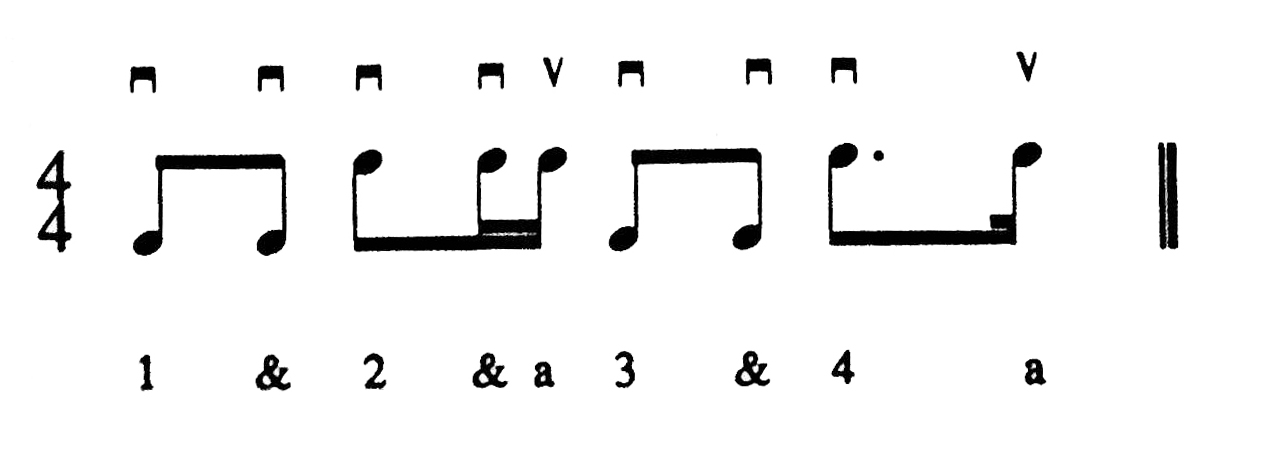
Pattern 16.
https://soundcloud.com/macri-school-of-music/pattern-16

Pattern 17.
https://soundcloud.com/macri-school-of-music/pattern-17

